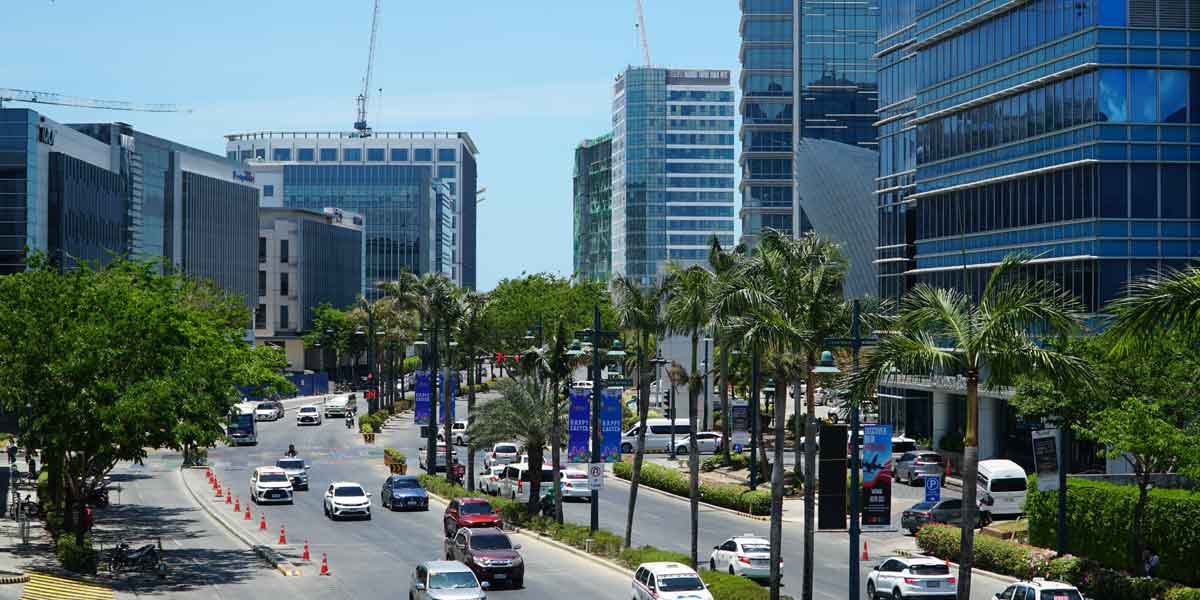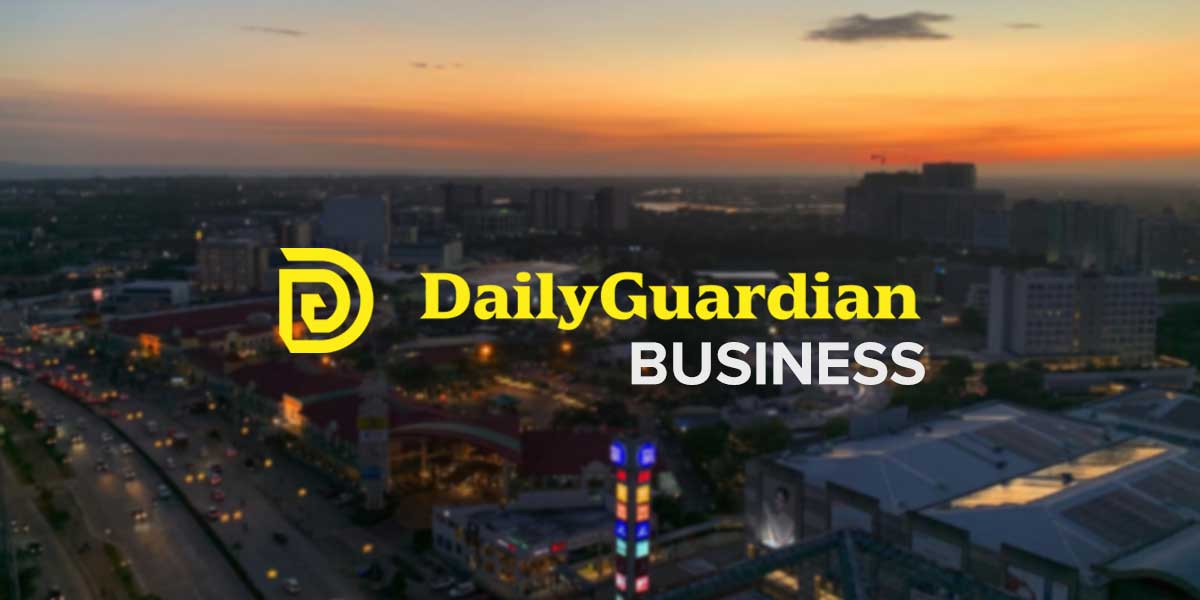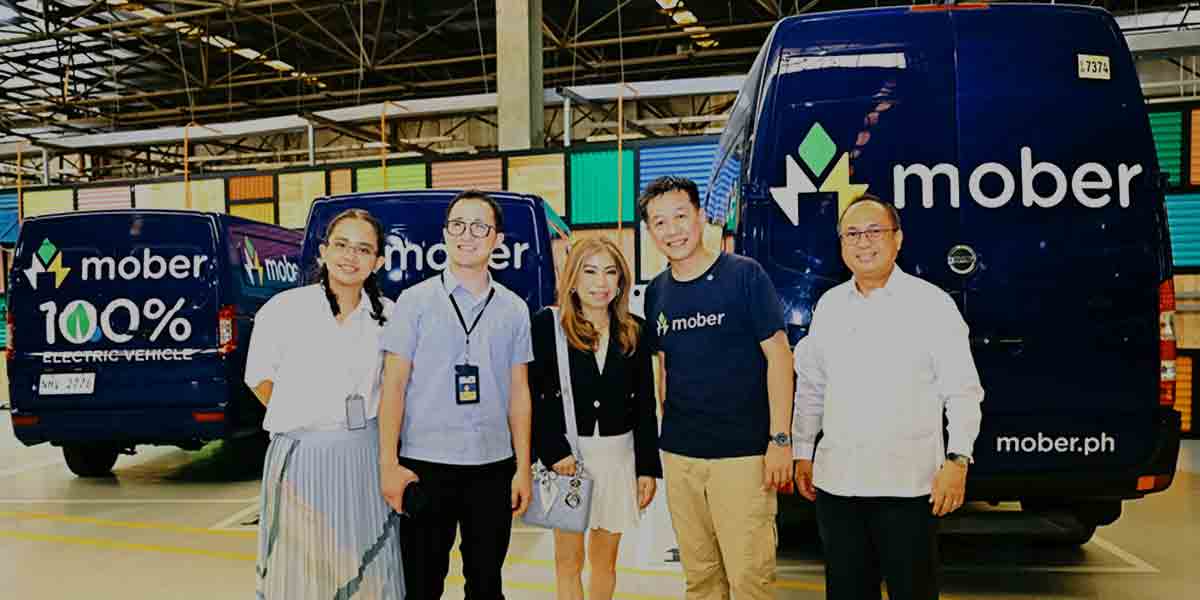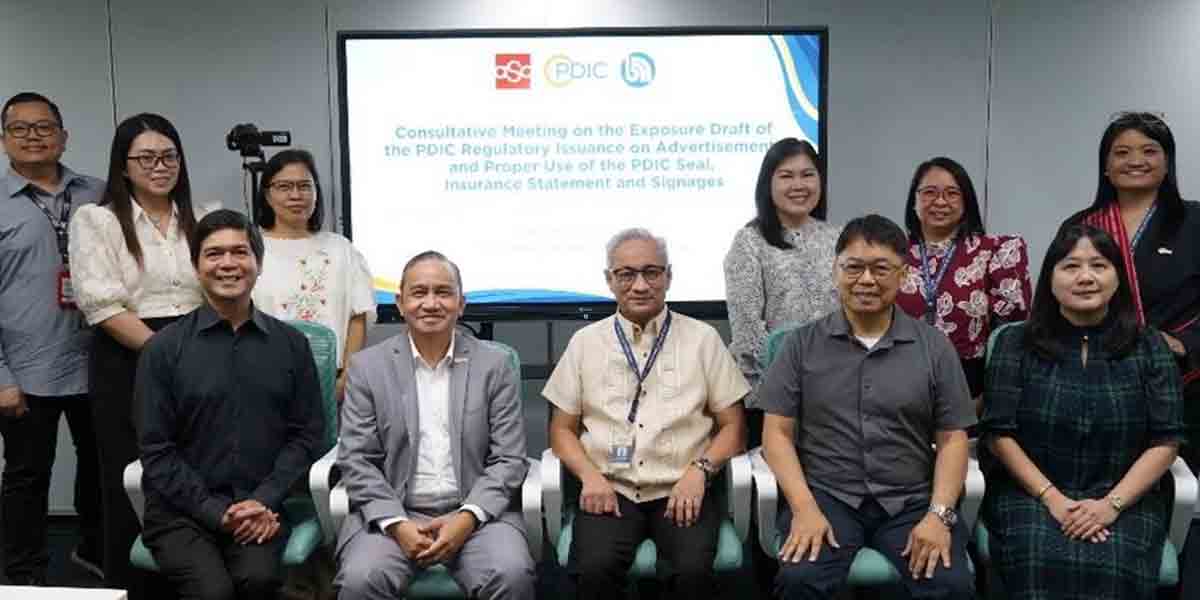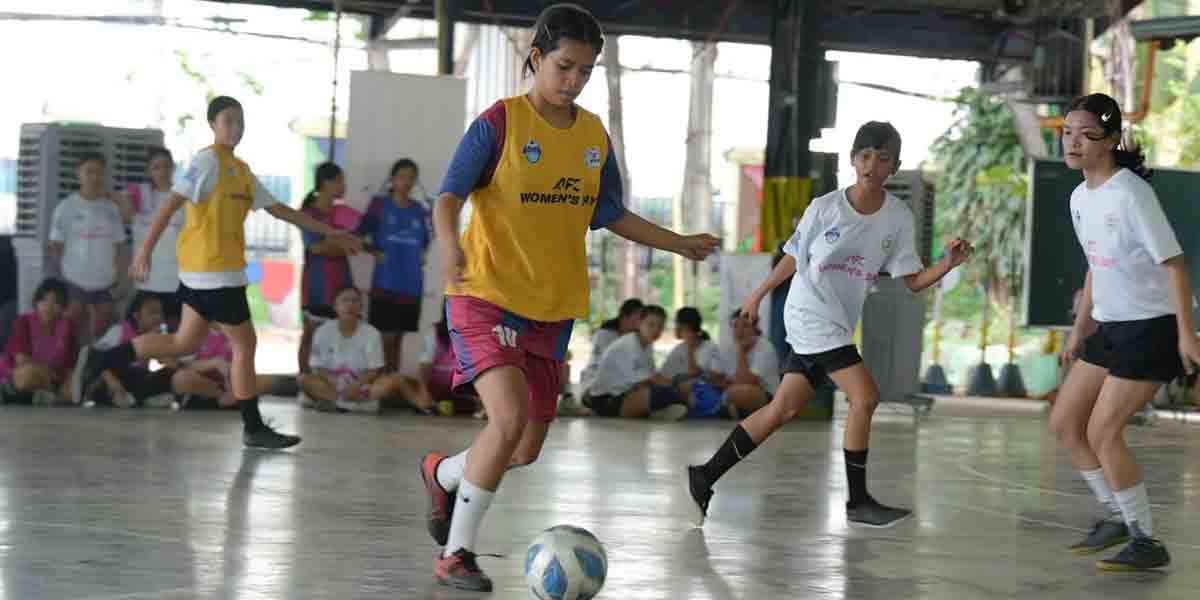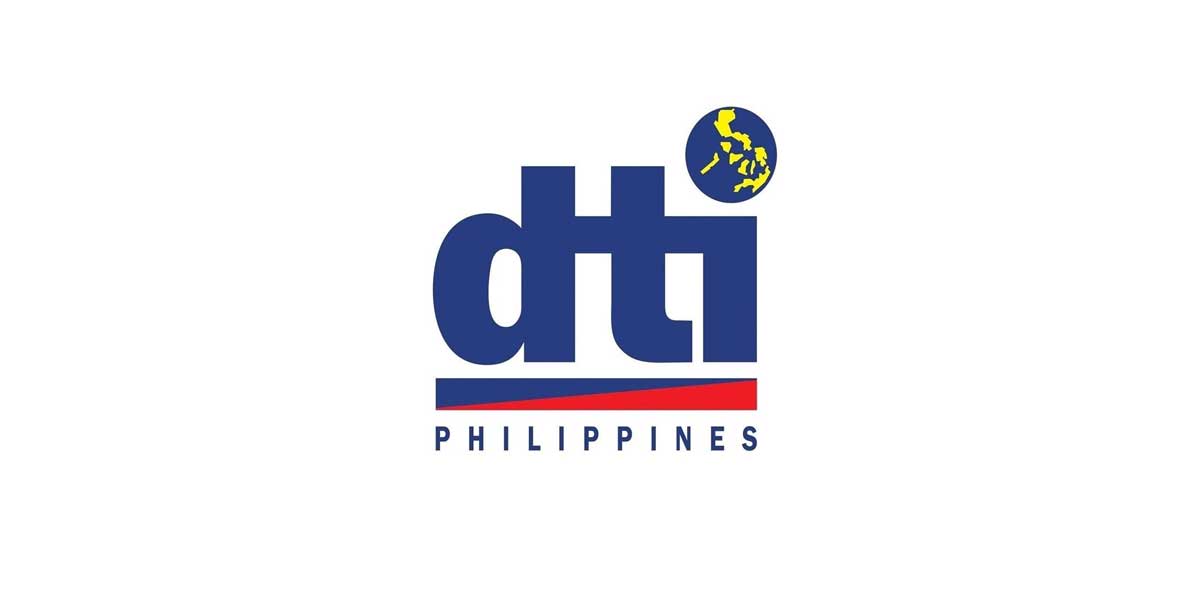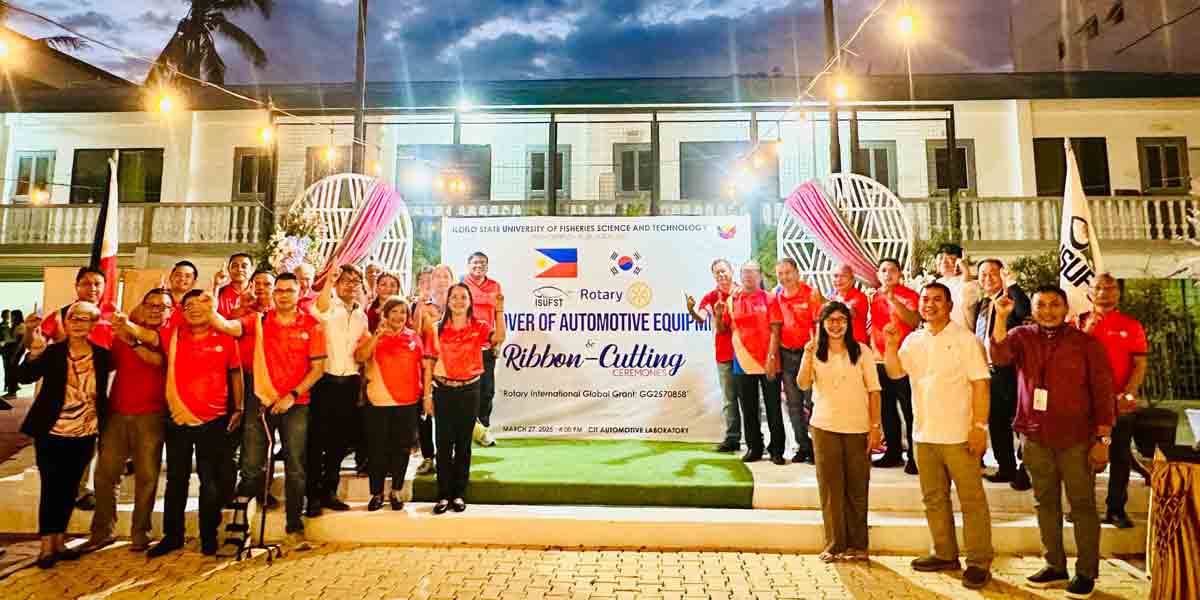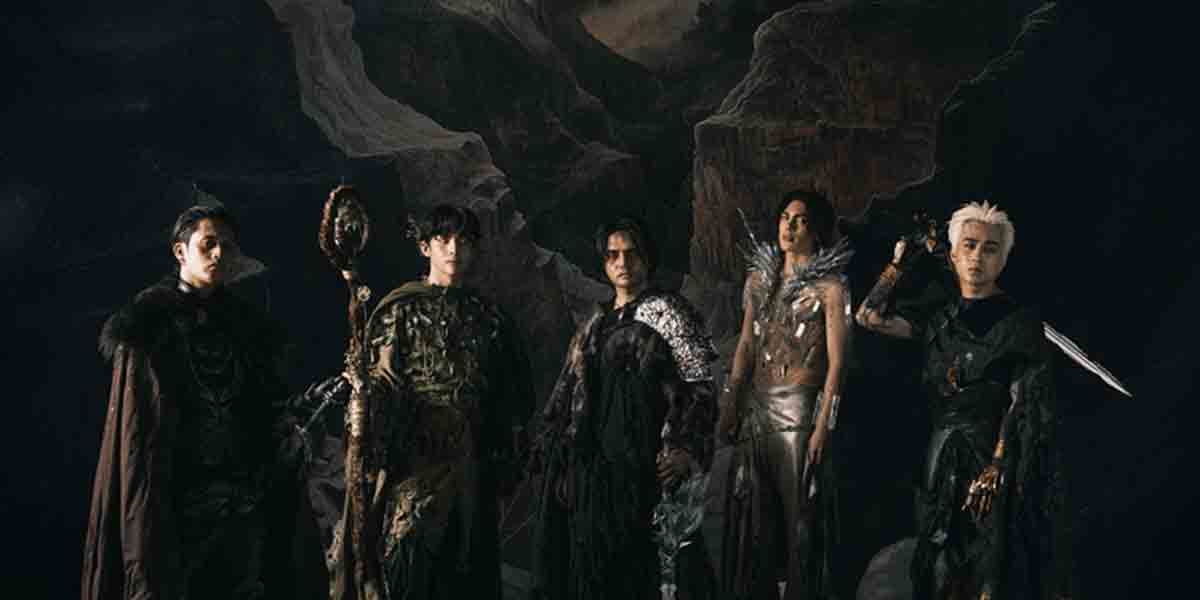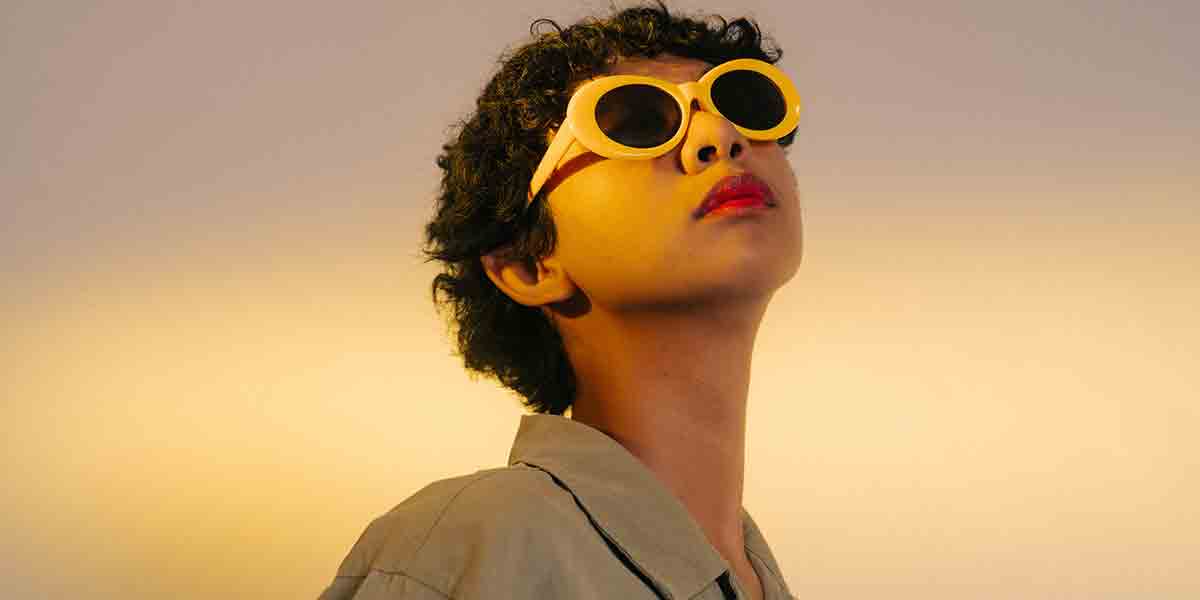By Institute of Contemporary Economics
(Part 2)
The Social Contract
The Social Contract (1) is a work of political philosophy by Jean-Jacques Rosseau. Along with work of such philosophers as John Locke and Thomas Hobbes, this invention of political theory can be described in the following ways:
- people agree with one another to give up some of their freedom in exchange for protection and security
- consent to follow some laws in exchange for the protection that these laws would give them
- an agreement people make among themselves to create a government to rule them and protect their natural rights
As with any other political theory, the concept of a social contract has long been subject to debate and has its detractors. We leave this debate to our political scientists and academics.
While not a historical account of the origin of government, this theory has gone on to become a practice in liberal democracies. Among others, it was instrumental as a bedrock in the founding of the United States in 1776. We see this in having elections where the governed choose who they want to govern them.
As we pursue equitable economic development for our community, such should not be seen as the end itself but as a means to pursue a more encompassing end – a community which enjoys the benefits of such economic wealth.
We can trace back this concept to among, others, philosophers such as the previously mentioned John Locke who opined in his Second Treatise of Government (2) that people formed communities to protect themselves from the vagaries of what has been coined as the state of nature. In exchange for giving up unbounded rights, communities (and by extension, governments) to collectively protect their “life, liberty and property”. This phrase was refined by Thomas Jefferson in the American Declaration of Independence into being the unalienable rights of “life, liberty and the pursuit of happiness”.
The “Pursuit of Happiness” and Human Development
In his candidacy for a seat in the Philippine Senate in 2010, Juan Ponce Enrile had for his campaign tagline the phrase, “Gusto Ko, Happy Ka”. Enrile rationalized this campaign slogan by saying that happiness “synthesizes everything that a government represents and when you want to make society happy”.
Whatever one’s perception and judgment of his role in Philippine history, this slogan in a simplistic way does describe what we want from government and our government leaders. But what makes people happy?
Beginning with Maslow’s Hierarchy of Needs
Abraham Maslow’s A Theory of Human Motivation (3) serves as a good starting point for looking at what makes people happy. To recall, Maslow categorizes the drivers of human motivation into 5 needs which are:
- Physiological Needs: biological requirements for human survival, e.g., air, food, drink, shelter, clothing, warmth, sex, and sleep.
- Safety Needs: the need to experience order, predictability, and control in their lives.
- Love and Social Belonging Needs: refers to a human emotional need for interpersonal relationships, affiliating, connectedness, and being part of a group.
- Esteem Needs: include self-worth, accomplishment, and respect.
- Self-actualization: refer to the realization of a person’s potential, self-fulfillment, seeking personal growth, and peak experiences.
Without going into too much detail, it is important to note that while all of these needs are desired at the same time, the satisfaction of the lower-level needs takes precedence in terms of importance and immediacy.
We can argue that what motivates people also can make them happy. This would only be one part of the picture, however, as we would propound that people are also motivated by fear.
In the Netflix short series, Painkiller (4), about the beginnings of the opioid crisis in the United States, the lead character in the movie, Richard Sackler has this line which bears some thought. The line which underlies his business philosophy goes like this – “all of human behavior is essentially comprised of two things: Run from pain, run toward pleasure”.
It is, thus, logical to conclude that people want their government to protect them from pain and create conditions which will make them happy. The question is – how?
The Human Development Approach
To answer the previous question, the Institute has anchored its work and the solutions that it propounds on the framework provided by the United Nations Development Program’s (UNDP) Human Development Approach. The UNDP describes this approach in the following manner:
“Human development – or the human development approach – is about expanding the richness of human life, rather than simply the richness of the economy in which human beings live. It is an approach that is focused on people and their opportunities and choices”. (5)
Diagram 1 (Dimensions of Human Development – available on icecon.org.ph) presents with meaningful simplicity what people want and need as well as the conditions necessary to achieve these wants and needs.
Tracing the evolution of the human development approach, we quote liberally from the UNDP in the following narrative.
“Human development grew out of global discussions on the links between economic growth and development during the second half of the 20th Century. By the early 1960s there were increasingly loud calls to replace GDP or economic growth as a leading objective, and indicator, of national progress in many countries (6), even though GDP was never intended to be used as a measure of wellbeing (7). In the 1970s and 80s the development debate considered using alternative focuses including putting greater emphasis on employment, followed by redistribution with growth, and then whether people had their basic needs met.
These ideas helped pave the way for the human development approach, which is about expanding the richness of human life, rather than simply the richness of the economy in which human beings live. It is an approach that is focused on creating fair opportunities and choices for all people. So how do these ideas come together in the human development approach?
People: the human development approach focuses on improving the lives people lead rather than assuming that economic growth will lead, automatically, to greater opportunities for all. Income growth is an important means to development, rather than an end in itself.
Opportunities: human development is about giving people more freedom and opportunities to live lives they value. In effect this means developing people’s abilities and giving them a chance to use them.
For example, educating a girl would build her skills, but it is of little use if she is denied access to jobs, or does not have the skills for the local labor market. Diagram 1 looks at aspects of human development that are foundational (that is they are a fundamental part of human development); and aspects that are more contextual (that is they help to create the conditions that allow people to flourish).
Three foundations for human development are to live a healthy and creative life, to be knowledgeable, and to have access to resources needed for a decent standard of living. Many other aspects are important too, especially in helping to create the right conditions for human development, such as environmental sustainability or equality between men and women.
Once the basics of human development are achieved, they open up opportunities for progress in other aspects of life.
Choices: human development is, fundamentally, about more choice. It is about providing people with opportunities, not insisting that they make use of them. No one can guarantee human happiness, and the choices people make are their own concern. The process of development – human development – should at least create an environment for people, individually and collectively, to develop to their full potential and to have a reasonable chance of leading productive and creative lives that they value.
The human development approach, developed by the economist Mahbub Ul Haq, is anchored in Amartya Sen’s work on human capabilities, often framed in terms of whether people are able to “be” and “do” desirable things in life.
Beings: well fed, sheltered, healthy
Doings: work, education, voting, participating in community life.
Freedom of choice is central: someone choosing to be hungry (during a religious fast say) is quite different to someone who is hungry because they cannot afford to buy food.
As the international community seeks to define a new development agenda post-2015, the human development approach remains useful to articulating the objectives of development and improving people’s well-being by ensuring an equitable, sustainable and stable planet.”
The ICE Resilience Framework
The ICE Resilience Framework shown at the beginning of this report builds on the UNDP diagram by specifically considering and targeting our local circumstances.
We provide some level of specificity such as in naming the components in determining the state of the human condition shining a light on the problems with access to food, water and shelter.
Another adaptation is the framing of our march to human development is by sequentially presenting the root causes of issues which need priority in being addressed. In so doing, we shed light on issues which need to be addressed to maximize the impact of solutions. As an example, we ask the question – how can a child be expected to fully absorb the lessons of an appropriately functioning educational system if they are hungry?
In solution programming, this would mean understanding that we need to give high priority to resolving the crisis in undernutrition among our children over and above most of the problems identified with our educational system. This does not mean ignoring these other problems but more of providing more resources and attention to the foundational or root cause of the secondary problems.
In Part 3 of this report, we go in depth into a program describing the problems of Iloilo City and its relationships to the UNDP Human Development Approach and the specific solutions roadmap for Iloilo City contained within the ICE Resilience Framework.
This last part includes discussion of bellwether issues such water access, food security, traffic congestion, waste management and law and order, among others.


